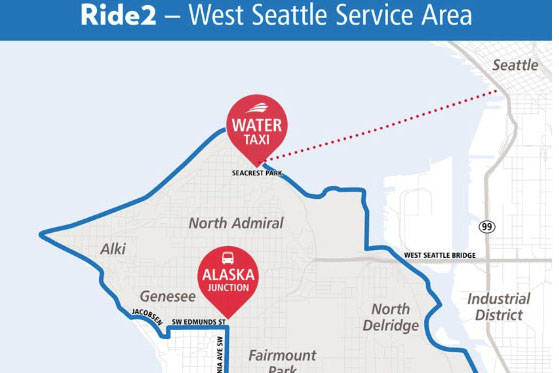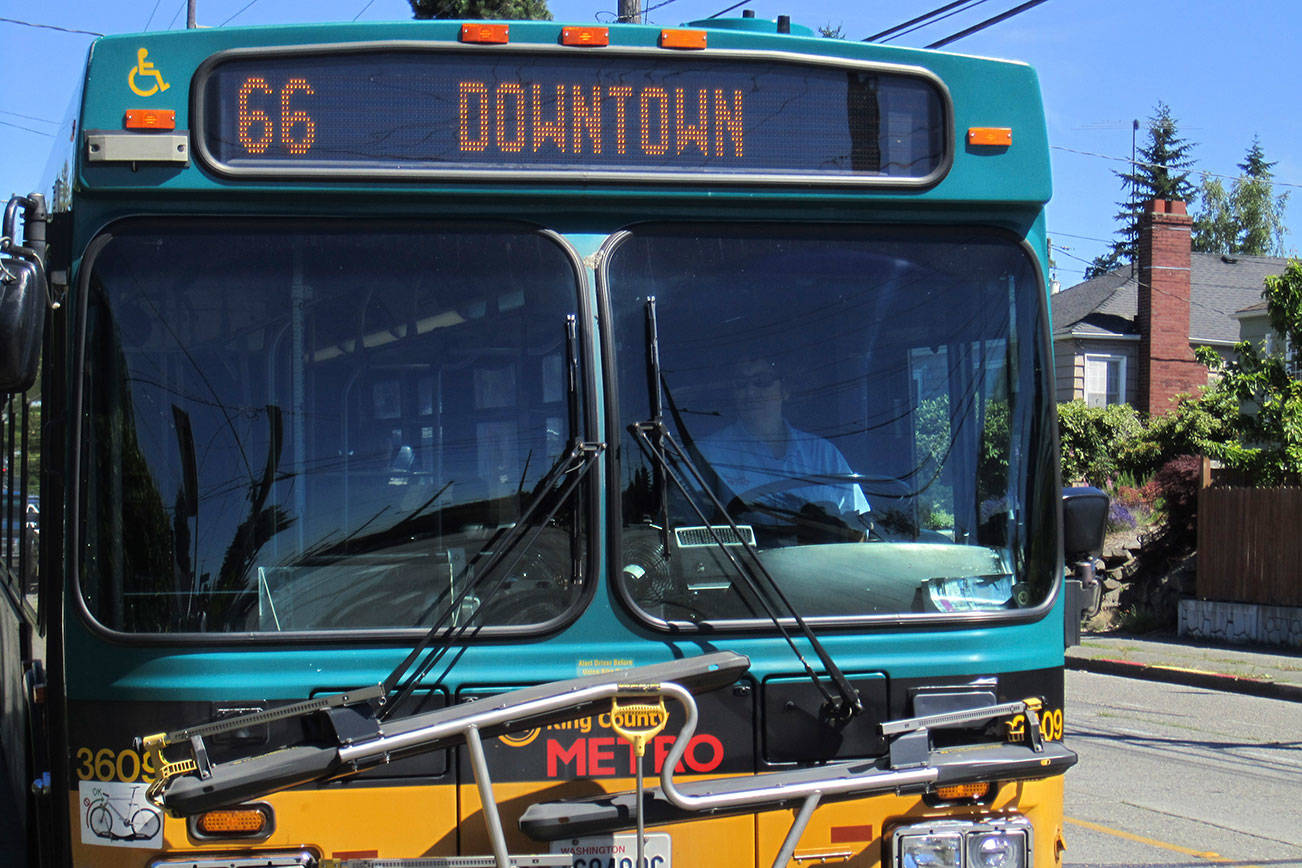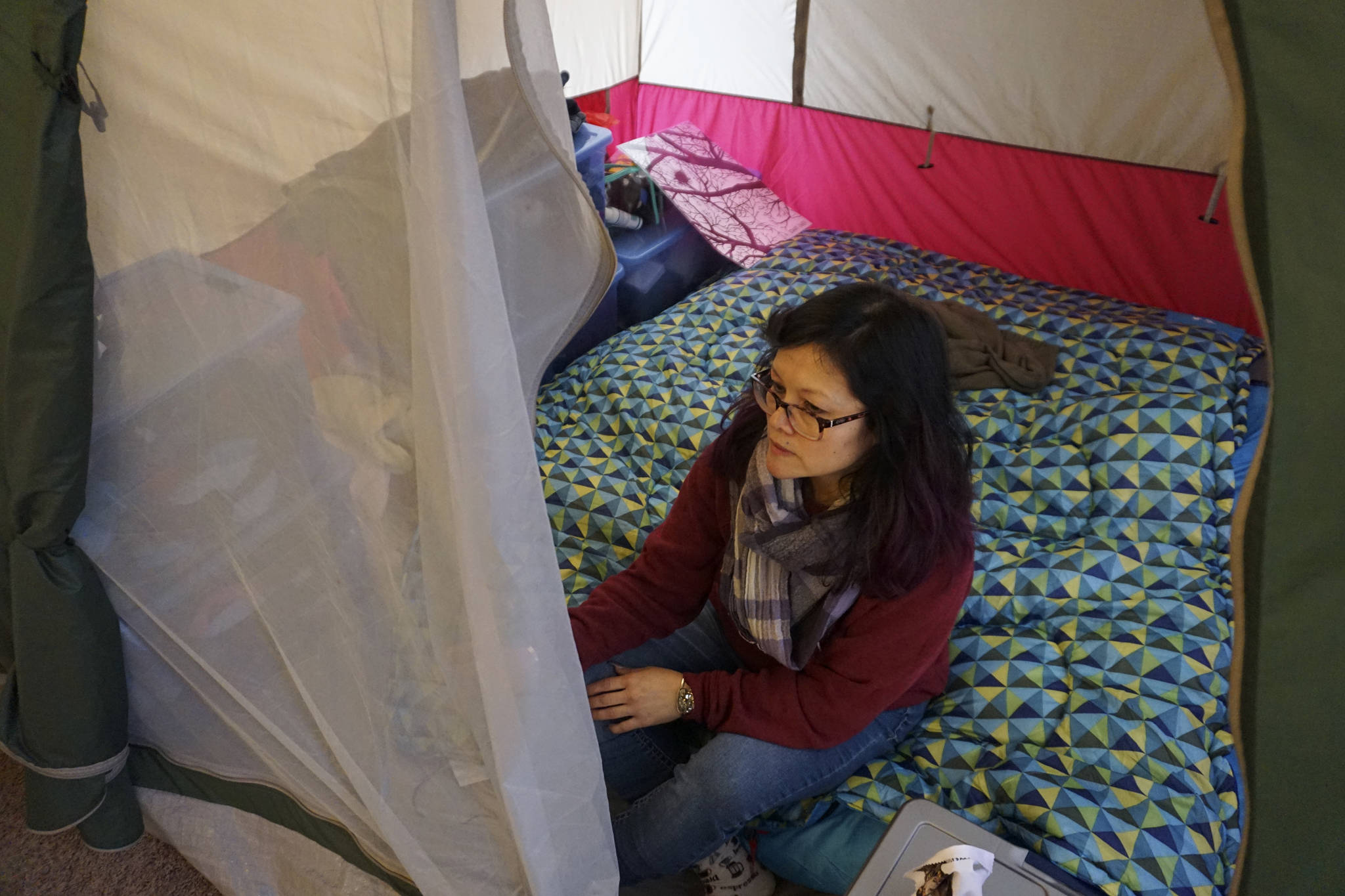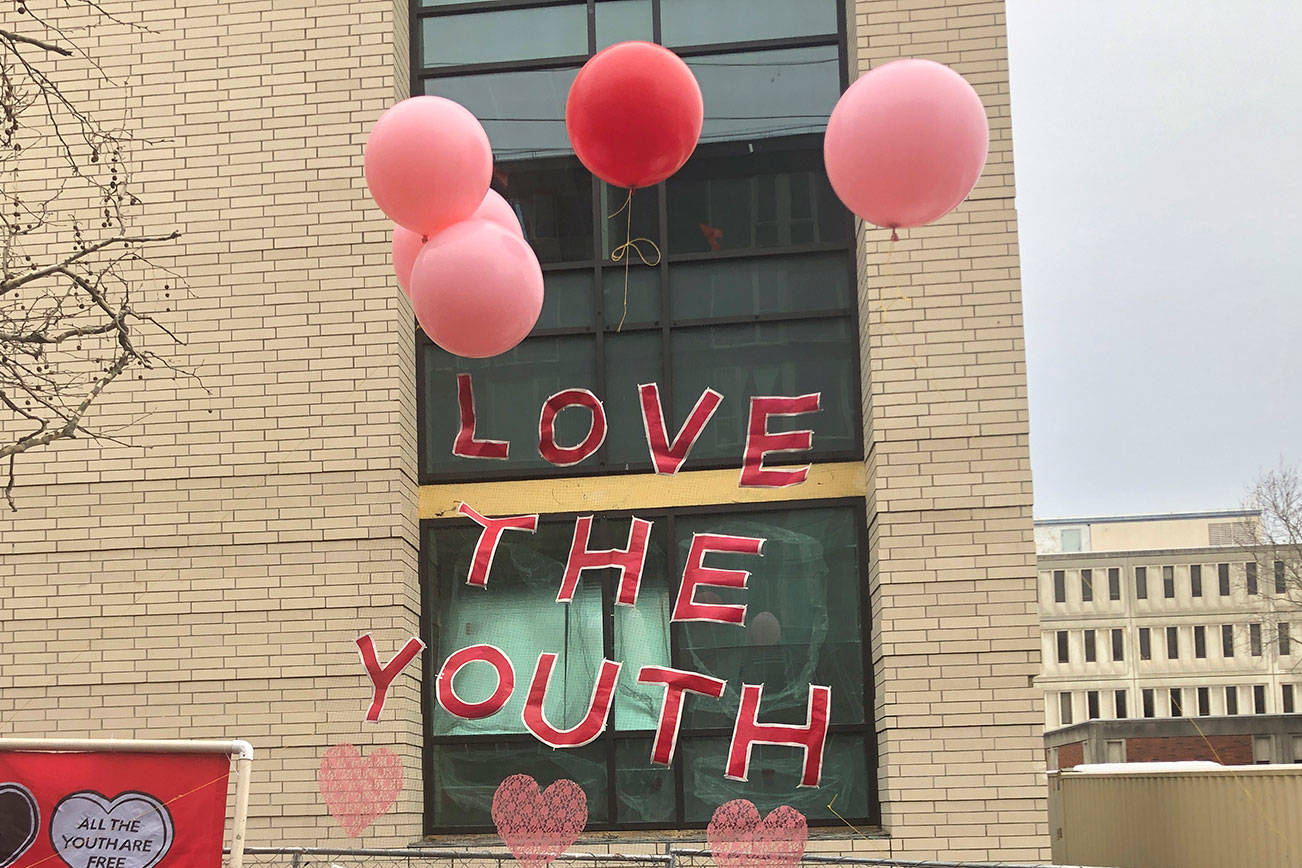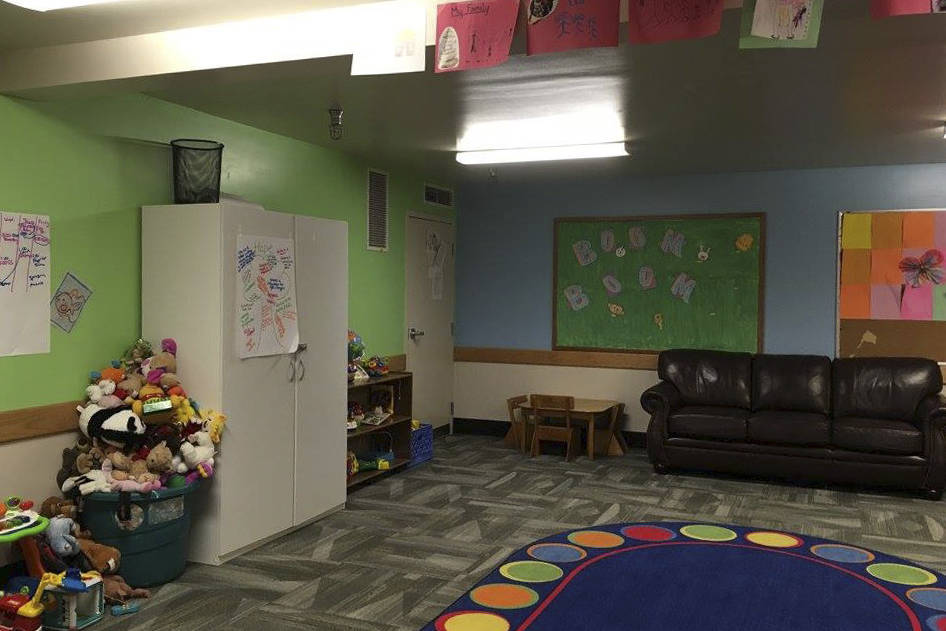Seattle is poised to enter what transportation planners call “the period of maximum constraint,” in which increased public and private transportation projects over the next three years are expected to exacerbate Downtown congestion. The impending gridlock has spurred a coalition of transportation and climate-change organizations to call on the city to take actions ahead of the Jan. 11 closure of the Alaskan Way Viaduct.
One month ahead of the double-deck bridge’s closure, Move All Seattle Sustainably (MASS), announced three priorities it urges the city to adopt in order to curb traffic that has outpaced the current transportation system. In one suggestion, entitled “keep buses moving,” the MASS coalition (comprising the Seattle Transit Blog, 500 Women Scientists Seattle, Cascade Bicycle Club, Transit Riders Union, Seattle Neighborhood Greenways, Seattle Subway, Sierra Club Seattle Group, The Urbanist, and 350 Seattle) calls on city officials to improve the effectiveness and speed of the city’s mass-transit system by allowing for bus priority on certain routes. They also recommended expanding the hours for part-time bus lanes and granting more right-of-way for buses to expedite riders’ commutes.
MASS also urged Mayor Jenny Durkan to “enable a rapid shift to commuting by bike” by implementing the Basic Bike Network, a resolution that the Seattle City Council passed in July that will connect cyclist lanes throughout the city. The coalition also suggested that the city enforce protections on bike lanes in construction areas.
In an effort to “make walking easy and safe,” MASS also recommended that the city create signals that prioritize pedestrian safety and smooth passage across crosswalks. They encouraged city leaders to make construction areas more walkable by creating stronger enforcements on sidewalk closures. Coalition members view the so-called onset of the “Seattle Squeeze,” an increase in traffic caused by the Alaskan Way Viaduct’s three-week closure, as an opportunity for the city to fast-track a carbon-neutral and accessible transit system.
“Mayor Durkan needs to demonstrate leadership by prioritizing transit reliability during the period of maximum constraint,” Keith Kyle from Seattle Subway said in a press release. “This is an achievable goal if she extends transit priority on Third Avenue, paints bus lanes ahead of RapidRide implementation, and finalizes the decision to move forward with the Center City Connector Streetcar. Failure by the Mayor’s office to act now will result in an overwhelming majority of downtown commuters stuck in traffic without access to reliable alternatives.”
The list of priorities followed an Oct. 16 letter coalition members sent to Durkan and the Seattle City Council encouraging them to create protected bike lanes and to prioritize pedestrian safety, among other policy suggestions designed to address climate change and traffic congestion. Durkan’s Transportation Policy Advisor Ahmed Darrat responded in an Oct. 23 letter, delineating the city’s plan to invest in transit and transportation goals. The city is continuing a Seattle Department of Transportation (SDOT) congestion pricing study and prioritizing sidewalk repair. SDOT is also working on the nation’s first installation of adaptive signals that prioritize pedestrians’ speedy and safe passage across a street through an algorithm determined by the volume of walkers.
City officials contend that they are working as quickly on the city’s transit and transportation goals. Durkan’s proposed 2019–20 budget included a $1 million investment in helping low-income riders access transportation, $20 million for bike trails and paths, and $34 million for pedestrian safety improvements. The proposed budget also included $26.7 million to go toward improving pedestrian and biker safety, as well as a city proposal called Vision Zero that seeks to eliminate traffic deaths and serious injuries within the next 12 years. The Nov. 26 approved budget allotted $610 million to the transit and transportation system.
On the afternoon of Dec. 11, Durkan and King County Executive Dow Constantine announced the city’s increased transit options in preparation for the viaduct closure. The new mobile app Ride2 Transit will allow West Seattle commuters to ride an on-demand van that will offer pick up and drop off at Seacrest Park’s Water Taxi dock and the Alaska Junction beginning on Dec. 17. Ride2 Transit will run from 5 to 9:30 a.m. and 2:30 to 7 p.m. on weekdays. An additional boat added to King County Water Taxi’s fleet aims to increase commuter sailings while the viaduct is closed.
About $1 million from the 2014 voter- approved Seattle Transportation Benefit District Fund will support the on-demand service. Beginning on the evening of Jan. 11, King County Metro Transit will also provide 20 buses on standby to be deployed in the event of late bus arrivals due to traffic. On Jan. 14, Metro will also expand its shuttle service at Seacrest Park.
“As the City prepares for a new era of tough traffic, we have been working hard to develop new, innovation solutions to help our residents access transit. Access to transit creates pathways to jobs, training, school, and opportunity,” Durkan said in a statement. “Ride2 Transit will be a great tool to help our residents access transit and build a city of the future. Thanks to the City’s investment and strong regional partnerships, Ride2 Transit will help ensure that West Seattle residents have more options for safely and quickly getting to key transit hubs.”
mhellmann@seattleweekly.com
